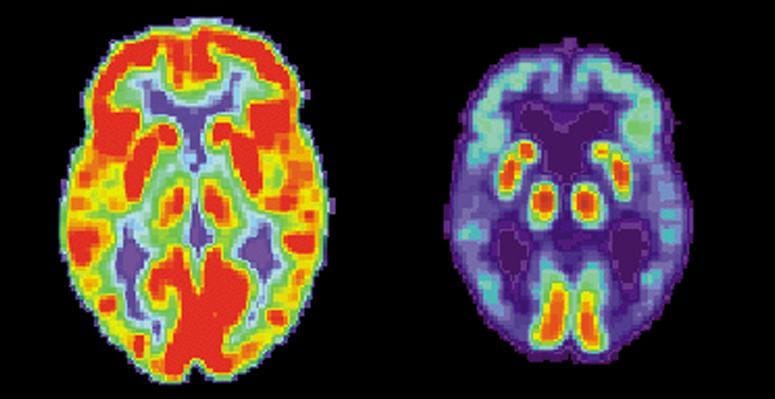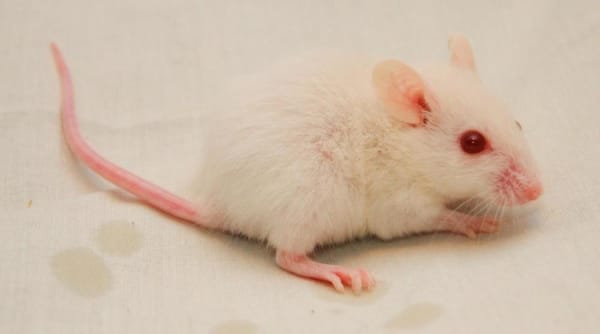Breakthrough towards curing Alzheimer’s...
Utsav Radia on a new step to neurodegenerative disease treatment

The MRC Toxicology Unit research team, led by Professor Giovanna Mallucci at the University of Leicester, has managed to successfully control the progression of Prion disease, a neurodegenerative disorder, in mice. The study, published in Science Translational Medicine, shows great promise for human neurodegenerative disorders such as Alzheimer’s, which affects around half a million people in the UK. In Prion disease, the build up of abnormally folded proteins over-stimulates cellular control mechanisms within the brain that switch off the production of all new proteins. Without certain vital proteins, the nerve cells within the brain struggle to send and receive messages and eventually become starved. This control mechanism is supposed to be self-regulated, so that protein production ‘turns on’ again when the misfolded proteins have been removed. However, in mice with Prion disease, the abnormal protein levels continually increased, resulting in protein production being kept ‘switched off’. This would eventually trigger the death of the brain nerve cells. The team had previously trialled a method using proteins that blocked the pathway for the ‘off switch’ so that new protein production could continue in the presence of other abnormal proteins. This time, the team was able to use an orally administered drug-like compound which, once in the bloodstream, was able to cross the blood-brain barrier and block the same pathway that switched off all new protein production within the brain. The compound worked by inhibiting an enzyme, PERK, which in the presence of high levels of misfolded protein, would trigger cell apoptosis (controlled cellular death). This enabled the nerve cells within the brain to survive in the presence of abnormal proteins, thereby restoring some brain function and preventing further memory loss. In Alzheimer’s disease, parts of the brain start to atrophy causing the formation of beta amyloid protein plaques and neurofibrillary tangles, known as tau tangles. Amyloid proteins are abnormally folded and hence the build up of these can disrupt and damage the cholinergic neuronal cells within the brain that carry messages to and from the CNS, gradually destroying them. Slowly, this disease can spread to other areas within the brain, further damaging our ability to process thought, speech and memory. Professor Mallucci confirms that the “compound has completely prevented neurodegeneration” in the mice studied. However, there were certain prominent side effects on the mice, including damaging effects on the pancreas which caused mild diabetes and weight loss. The next big challenge is to transform this method of treatment into human patients with minimal side effects. Professor Morris, of King’s College London, says that, “This finding... will be judged by history as a turning point in the search for medicines to control and prevent Alzheimer’s disease.” So far, we have only been able to control the symptoms of Alzheimer’s through AChE inhibitors such as donepezil and NMDA receptor antagonists like memantin. Whether this new research will enable us to revolutionise the way Alzheimer’s can be treated, only the coming years will tell.








